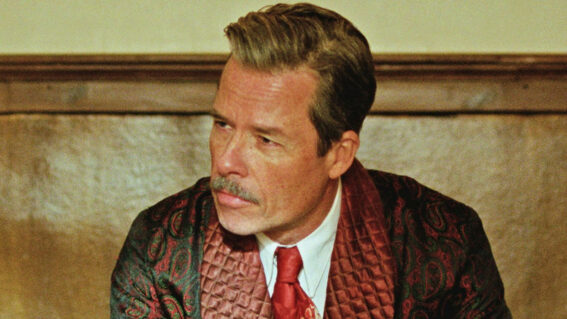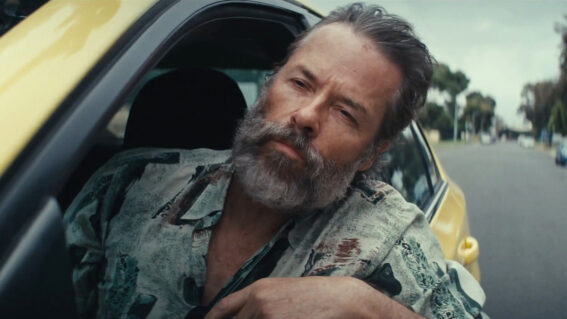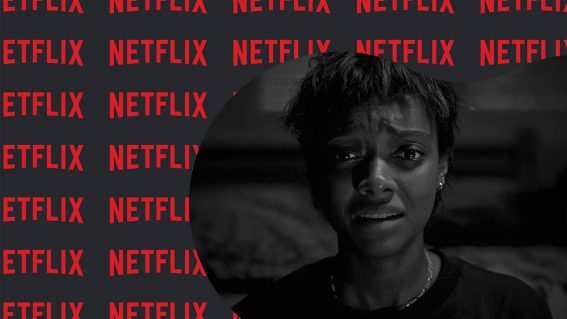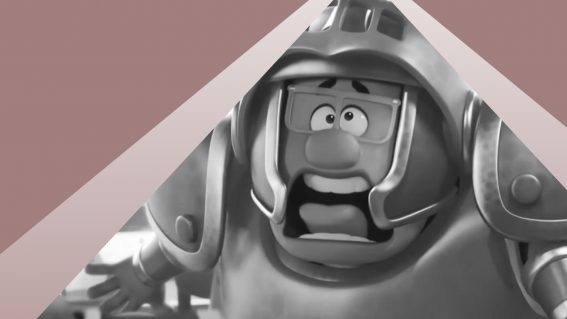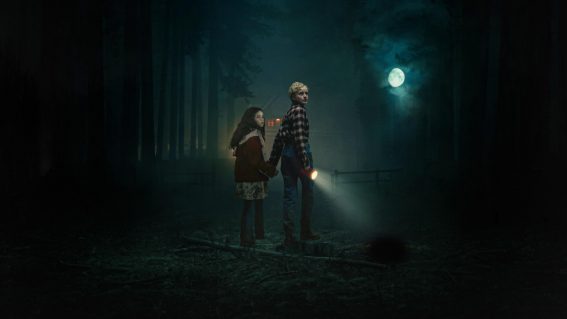Space Jam: A New Legacy isn’t a bad movie – because it’s not really a movie
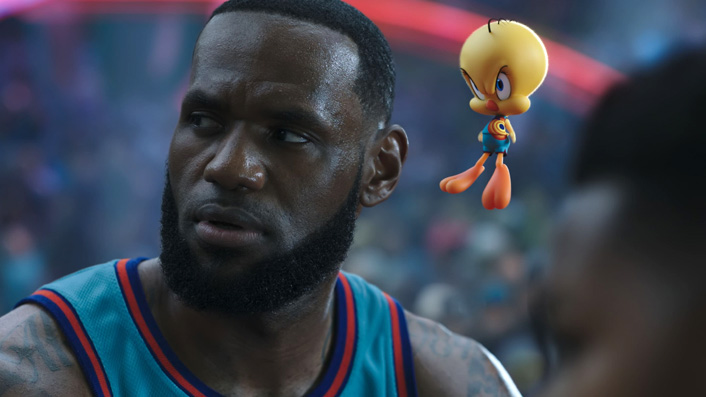
What kind of movies do you get, when the people in charge no longer believe there is any real distinction between art and intellectual property? The answer is Space Jam: A New Legacy, which if nothing else is certainly a product of the times—this modern era of blockbuster brands, indoctrinated fans, Kool-Aid-drinking reviewers and filmmaking-as-commodification, where the prevailing view is that, narratively-speaking, cinema has nowhere left to go so it might as well fold in on itself.
See also:
* Movies now playing in cinemas
* All new streaming movies & series
Kudos to the algorithm that ate A New Legacy‘s screenplay for one of the most refreshingly honest central settings in modern cinema history. Much of director Malcolm D. Lee’s ‘movie’ is set in the Warner 3000 Server-Verse, which is simply a server storing Warner Bros’ data. It’s the perfect place to make the self-reflexive point that in the eyes of the studios all motion picture art is now just strings of ones and zeroes: data to chop up and rearrange in promotion of the current spectacle du jour.
The villain of this ‘movie’ symbolizes the awfulness of its own premise: a computer program called Al-G Rhythm (played by Don Cheadle) that has invented what it believes is the ultimate mass entertainment formula. With access to Warner Bros.’ entire back catalogue, its great plan is simply to insert LeBron James into everything: Harry Potter will be his, and Game of Thrones also, and Mad Max too, and The Wizard of Oz, and The Animaniacs, and The Matrix, etcetera etcetera.
James KBs his proposal (in the movie, not in real-life) on the grounds that this dude is a consummate professional who just wants to focus on his bball. The role is beyond flattering: James plays an advertisement for his own legend, just as Michael Jordan did in the 1996 original, a production so gratuitously commercial it turned dialogue into a marketplace and language into a sales pitch. At one point Jordan was told to “slip on your Hanes, lace up your Nikes, take your Wheaties and your Gatorade, and we’ll grab a Big Mac on the way to the ballpark.”
Taking revenge against James, Al-G Rhythm sucks the superstar and his son Dom (Cedric Joe) into the Server-Verse and decides that the fate of the world will be determined in a showdown on a virtual basketball court. While pointing out that the computer’s idea is awful, Lee pursues the exact same concept, ping-ponging the basketballer and Bugs Bunny around a cultural landscape peppered with “easter eggs.” That term is now used to describe what might once have been considered a reduced form of homage, usually involving visual references with no beginning or end point.
When James meets Bugs the rabbit is suffering like Marion Cotillard in Inception—alone and forlorn, stranded inside a simulation, remembering times of greener pastures and juicier carrots. The pair whoosh through various planet-shaped worlds to recruit players for their team, nabbing Daffy Duck in a Superman costume from Metropolis, Wile E. Coyote (holding a sign saying WITNESS ME) from Mad Max‘s Wasteland and Yosemite Sam from Rick’s Cafe in Casablanca.
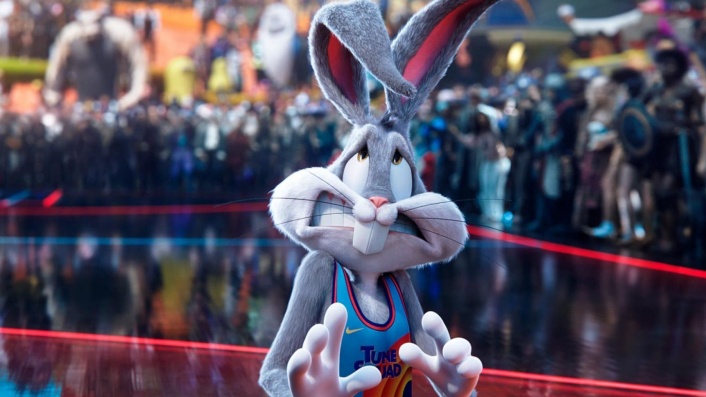
The presence of these worlds, governed by their own iconic characters and aesthetic, makes it clear(er) that Space Jam: A New Legacy isn’t really a story, or even a movie. It’s a video game you can’t play and a theme park you can’t explore. The Server-Verse setting, honest though it is, only means something in relation to what it leads to or away from: a half-space that’s neither the real nor the fantasy—like the footpath in DisneyWorld.
As the audience we are forever stuck there, gaping over the fence at bright lights and dizzying rides on the other side of the threshold. That’s the biggest problem with A New Legacy: we weren’t invited to a party that—in the age of flashy video games, AR and VR, of holograms and supersized 3D and wearable computers, of Siri and Alexa—we want to experience ourselves.
The computer in charge of A New Legacy attempts to program human emotions, in a thread about James and his family not quite as cringe-inducing as the original’s R Kelly-infused, facepalm-inducing father/son sentiment. Responding to James pressuring his sons to follow in his footsteps as a basketballer, his wife (Sonequa Martin-Green) tells him “he doesn’t need a coach, he needs his dad”—the kind of writing you get when algorithms imitate real people. Hey Siri: emotions, what mean?
To get to the final message about What Really Matters we are required to sit through the sensational whoop-de-do of the big game, which seems to go on for an eternity. The event is watched from the sidelines by many famous characters: once mighty figures such as King Kong and the Iron Giant, who are now blurs in a crowd, sidelined like chumps, monstered by the algorithm.
I pitied poor old Bugs the most. The carrot-chewing trickster and his pals are show biz folk, so they’re grateful for the singlets—better to be on the court than cheering from the sidelines, like Pennywise and the White Warriors and the droogs from A Clockwork Orange. But in this hyper-stimulated environment they are obviously relics from a distant and simpler time, no longer culturally relevant, beached on the shores of a world that has passed them by, now just code in somebody else’s software.


